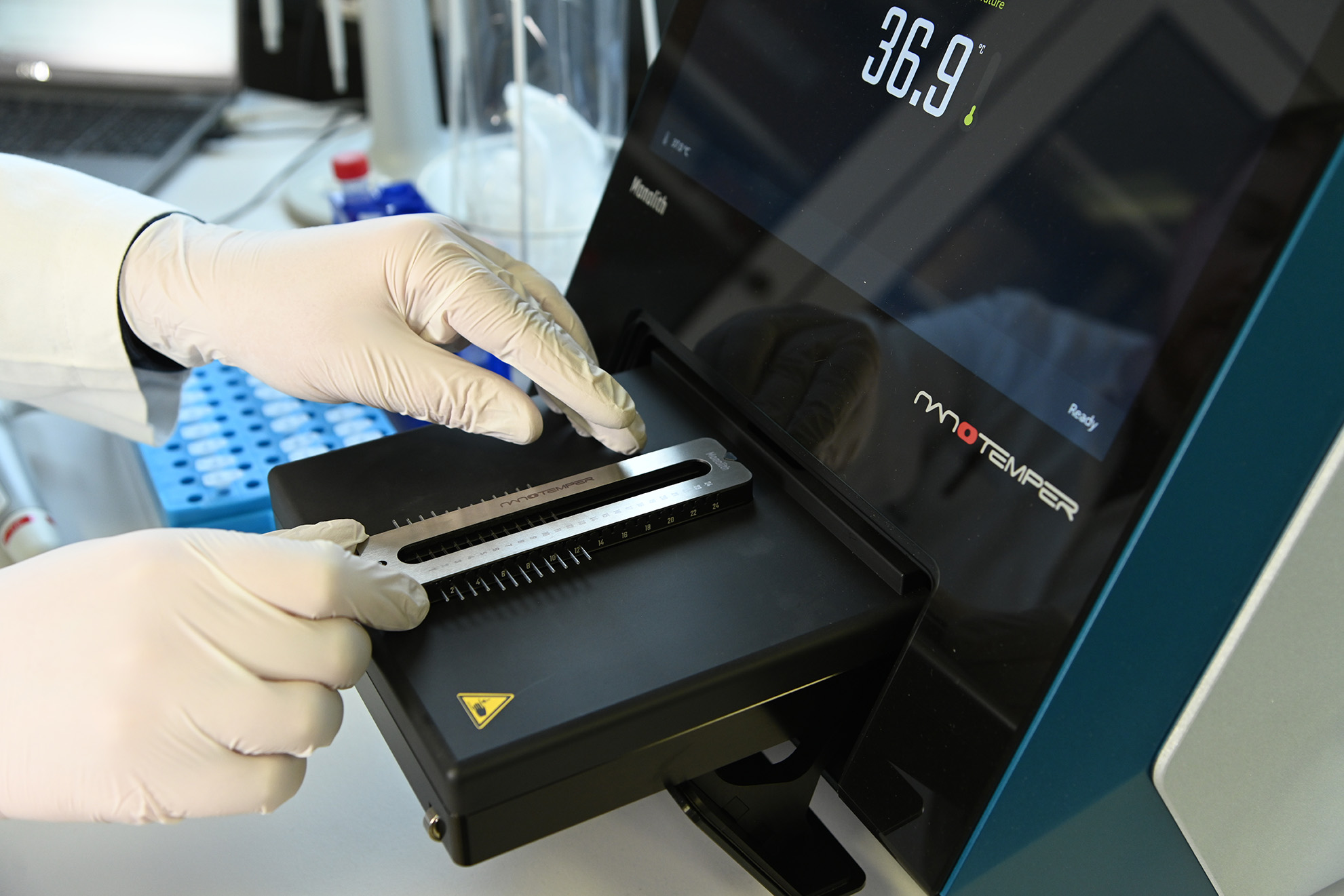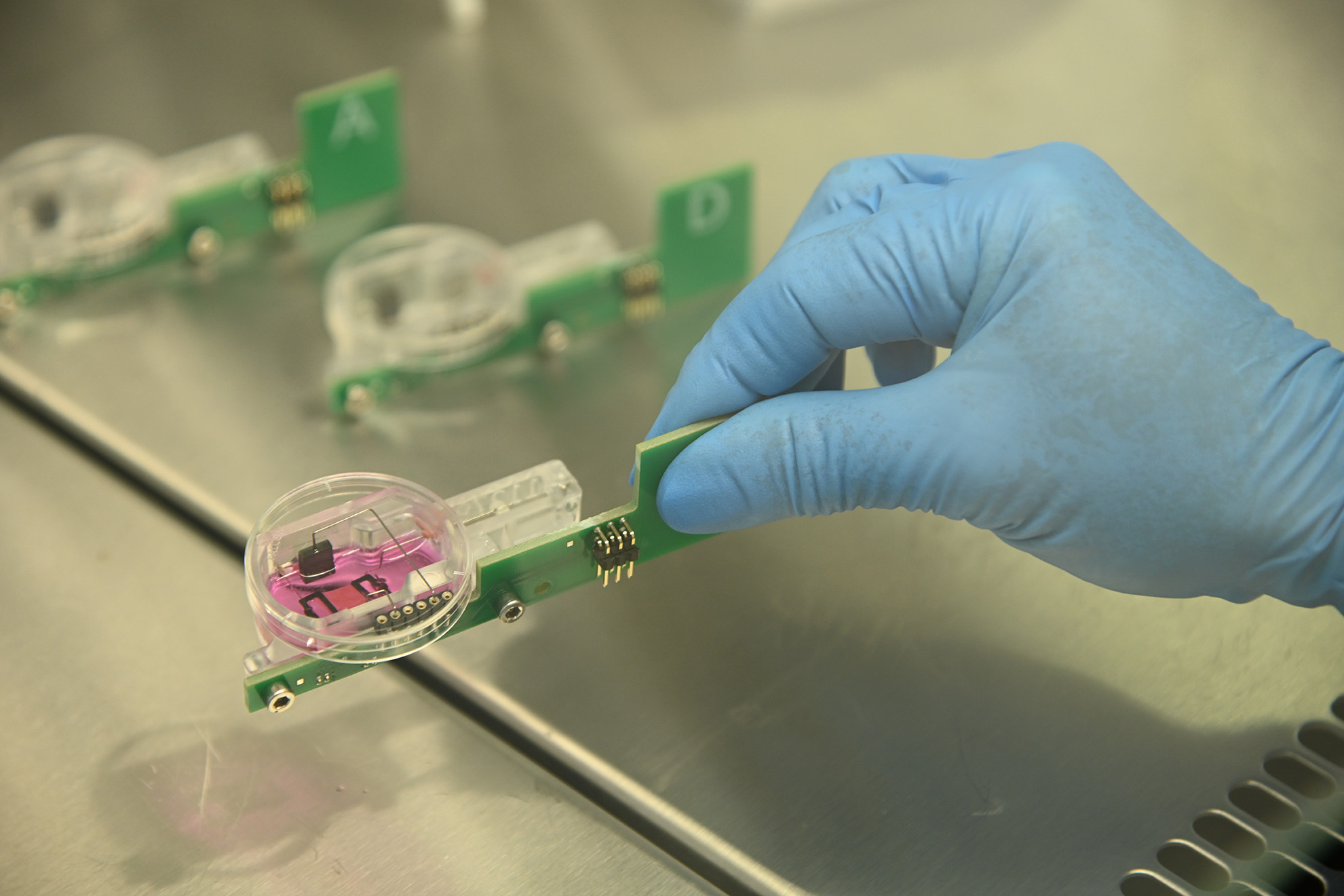Understanding cardiac risk and novel therapies
Fraunhofer ITEM aims to protect man from health hazards and to contribute to the development of novel therapeutic approaches. With our additional specialization on cardiovascular research, we offer customized setups:
- Target identification
- OMICs analytics
- Small-molecule analytics
- Nanoparticle drug delivery
- Cardiac toxicology in vitro and ex vivo
- Efficacy testing in vitro and ex vivo
- Early-phase clinical trials
 Fraunhofer Institute for Toxicology and Experimental Medicine
Fraunhofer Institute for Toxicology and Experimental Medicine

